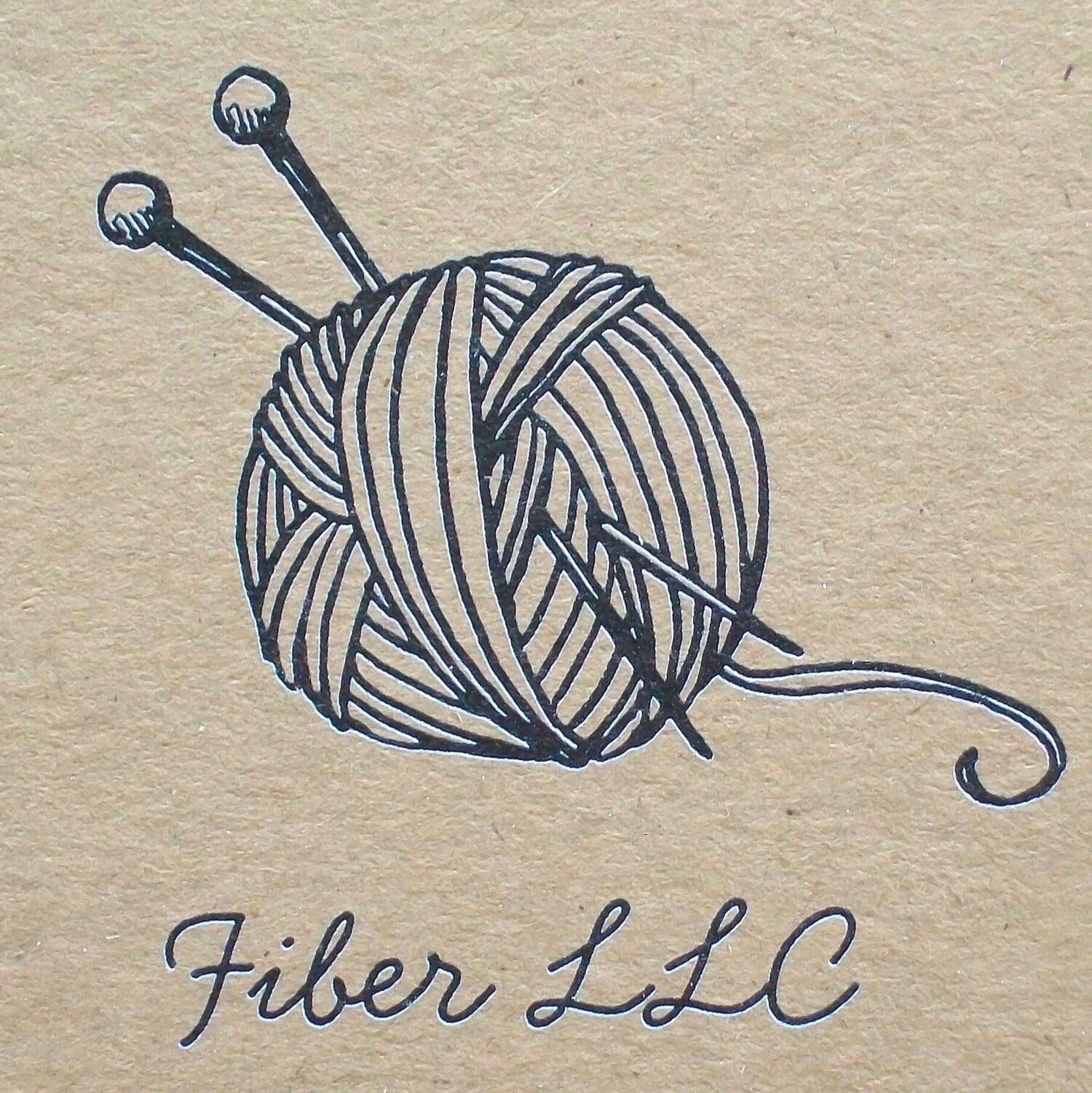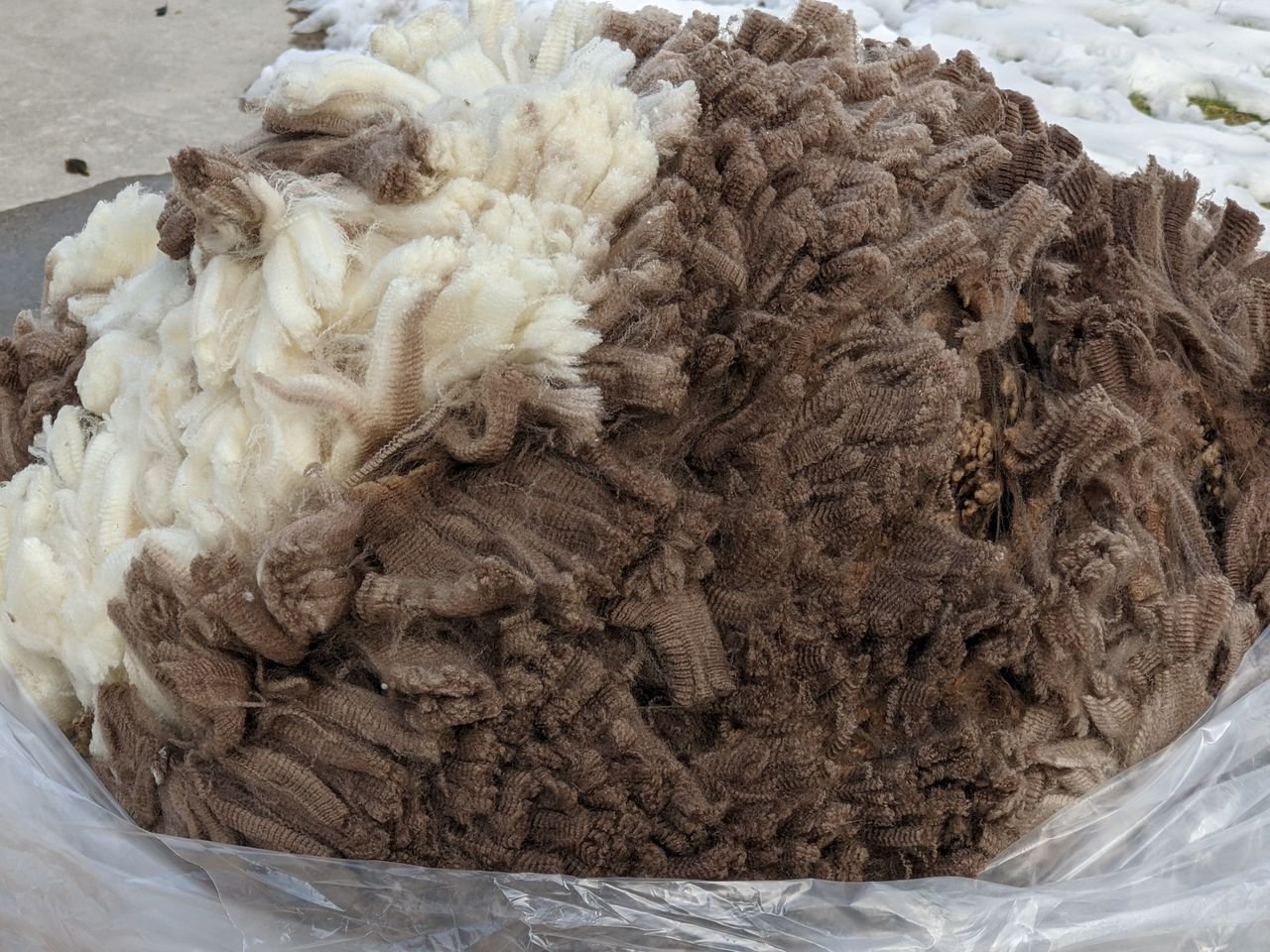In introducing Merino to this group, I thought I wanted to discuss and show something different. Most breeds of sheep are striving for a clear set of defining characteristics. Merino being one of the oldest commercial breeds is probably the most widespread and diverse breed. It truly is about 14 or more breeds rolled into one name and they are that different. The Merino sheep date back to the late Middle Ages in Spain. The wool was long protected by the King of Spain. Export of a merino sheep was punishable by death. It wasn’t until the 18th century that small flocks were exported to France, German Nation States and the United States. It was starting this time that merino took on many strains. Each of these nations had different climates, conditions and markets. The strains evolved into many strains from there. The French developed their Merino into the Ramboulliet. Those Ramboulliet then made it over to the United States and adapted to the US conditions. I am quite sure different from the French Rambo with the different conditions. The Germans developed the Saxon and the Merinolandschaf. The Merinolandschaf has been further developed to Merinofleishschaf or Mutton sheep and a Merinolangschaf (merino longwool). The Americans developed the Delaine Merino. By the 19thcentury Australia had imported merino from these scattered flocks to form their own strains (Spanish, Peppin, South Australian and Saxon. In the early 1900’s South Africa developed the Dohne Merino from the German Merino and the Australian Peppin merino. The South African Mutton Merino (SAMM) was also developed around that time from the German Mutton and Lincoln sheep. Merinos are also raised in South America. (We had an email from a fellow merino breeder last week asking about a feed we were using)
In roughly 300 years different climates, different terrain, different markets have been reason for this breed as a highly valued commercial breed to evolve in many different ways. For example, let’s go over the 4 main Australian strains. Peppin, South Australian, Saxon and Spanish. Peppin is the largest group, roughly 70%. The Peppin was developed from both Spanish and French Merinos. Long legged and big fleece, a great all-around merino. The South Australian is the largest of the Aussi merinos and developed for the arid South Australian country. Long bodies, more of a fine -medium fine fiber. The Saxon are the finest fiber of the Aussi merinos and the smallest. They were adapted to the high rainfall areas on the southern coast and Tazmania. The Spanish Merino were known for their very defined crimp. In more recent times the breeders were developing the superfine merinos, those were Saxon and Spanish merino crosses. New refinements- Booroola, SRS and breed spinoffs- Corriedale, Cormo, Bond and Polwarth have come from Australia and New Zealand. The Aussis will never be done tinkering with this breed. It can always be better. Most of the new developed breeds involved crosses with Lincoln but they did some with Leicester as well.
Artificial Insemination (AI) breeding has added another level of development for the merino. It is now easier to cross a Dohne merino with a Peppin merino for example. There are many project flocks around the world tweaking the genetics to build the perfect merino.
Let’s roll this information into what you see as either fiber artists or searching for an addition to your flock. Merino can and will vary from source to source. It depends on the genetics of that flock. At Steitzhof we have made an attempt to select genetics from strains that meet our goals. We do this through selecting rams adding genetics from breeders we know to be incorporating these different strains in their flocks. Each breeder has their own picture of how they want to mold their merino flock. We do not need to cross breed w other breeds there is enough variance within our own breed. Yes, we specialize in color and maintaining a full color spectrum while striving for the finest fiber traits. We also look to maintain some diversity in the structure. From our massive 300 lb ram Herman (BLACK) born on the range of Nevada to the show flock boys of California, Captain Jack and the new ram lamb Golden Boy (MOORIT) with their long bodies to the 185lb short, stocky build of Astro (GRAY) coming from a more commercial flock in Missouri. Their genetics are different as the strains of Peppin, South Australian, Dohne, Saxon, Rambouilliet and Delaine show across these 4 in both structure and fiber. Knowing Although we currently do not use any of our flock for meat. We have always selected for meat qualities in our breeding stock as a back up for us but more importantly to give customers of our breeding stock that same extra value.
I hope I have given you something new to think about this magnificent breed. They are definitely one of the easier breeds to manage in terms of calm demeanor, fencing, adaptability and general care probably because they have been so commercialized. We graze ours on everything from pasture grass to weeds/brush to forest. From flat to steep hillside and cliffs. If its green they are going there to eat it. The barn is only a convenience tool for us at lambing or maintenance operations. I will leave you with a picture taken of our 3 rams before we added the new guy. This picture should give you a better idea of the diversity. Tomorrow I will share a video of our ram lambs. All 3 lines are represented and see if you can pick out which they come from and the strains associated.
Visit https://steitzhof.com/ to purchase fleece, yarn or breeding stock. Kalispell, MT
All images by John Steitzhof




